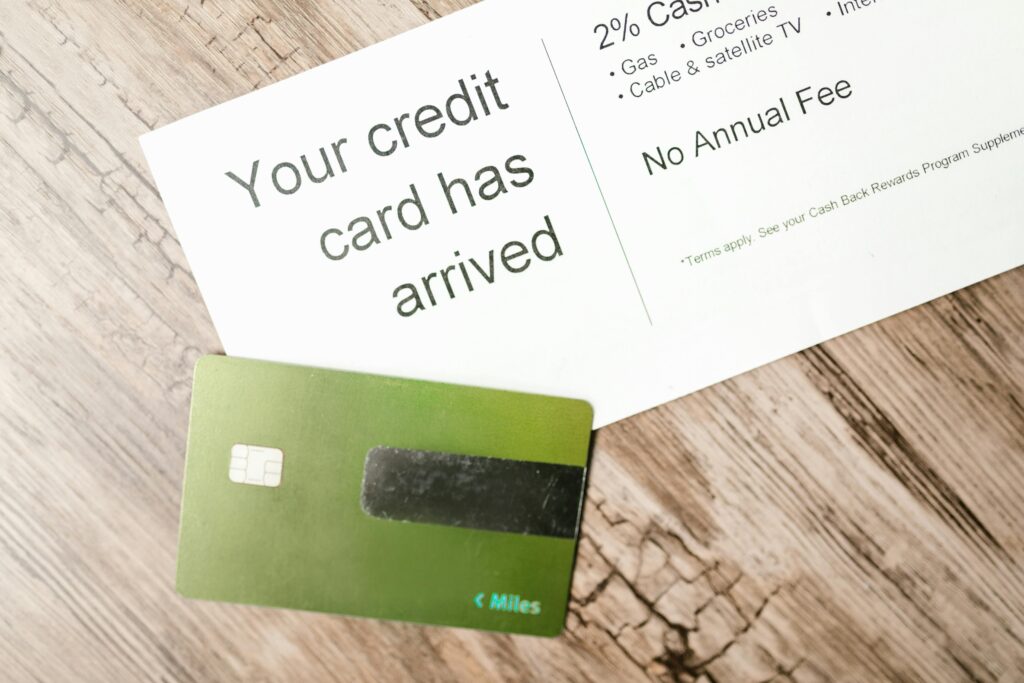Tips for Applying for Catalogues When You Have a Low Credit Score

Are you worried about applying for catalogues because of a low credit score? You’re not alone.
Many people face this challenge and wonder how to navigate the process.
This guide will help you understand your options, offering practical tips to increase your chances of approval and make smart choices.
Common Questions and Concerns
Can I Get Approved for a Catalogue with a Low Credit Score?
Absolutely. Many catalogues are available for those with less-than-perfect credit.
Some even specialise in offering credit to people in similar situations.
Understanding how these catalogues work and what to look for can help you find the right fit.
How Can I Improve My Chances of Getting Approved?
Understanding your credit situation, choosing the right catalogues, and demonstrating responsible financial behaviour can help.
We’ll dive into specific strategies you can use to boost your approval odds.
What Should I Look for in Catalogues for People with Low Credit Scores?
Look for catalogues that are known to be more lenient with credit checks or offer credit-building programs.
Understanding the terms and conditions, interest rates, and fees associated with these catalogues is crucial.
Understanding Your Credit Score
What Is a Credit Score?
Your credit score is a numerical representation of your creditworthiness, calculated based on your credit history.
It ranges from 300 to 850, with higher scores indicating better credit health.
Factors influencing your credit score include payment history, credit utilisation, length of credit history, types of credit, and recent credit inquiries.
How to Check Your Credit Score
Before applying for any catalogue, get a copy of your credit report.
You can request a free report annually from each of the three major credit bureaus: Equifax, Experian, and TransUnion.
Knowing your score helps you understand where you stand and which catalogues might be a good fit.
Understanding Credit Reports
Review your credit report for accuracy.
Look for errors such as incorrect personal information, accounts that don’t belong to you, incorrect account statuses, and outdated information.
Disputing errors can improve your credit score.
Choosing the Right Catalogues
Types of Catalogues
- No Credit Check Catalogues: These catalogues don’t perform a credit check, making them ideal for people with low credit scores.
- Credit-Building Catalogues: These offer small credit limits and report your payment history to credit bureaus, helping you improve your score over time.
- Secured Catalogues: Require a security deposit, which acts as your credit limit. They are easier to obtain and help build credit.
Example: Jane had a credit score of 580 but got approved for a catalogue by choosing one that caters to individuals with low credit scores. She found it by reading reviews and checking their requirements online.
How to Research Catalogues
- Read Reviews: Look for customer reviews and testimonials.
- Check Requirements: Ensure you meet the basic criteria.
- Understand Fees: Be aware of any hidden fees or high-interest rates.
Example: Tom spent a weekend researching catalogues and found one that didn’t require a credit check. By reading the fine print, he avoided high fees and made a more informed decision.
Tips for Applying
Provide Accurate Information
Ensure all the information on your application is accurate. Incorrect information can lead to immediate denial.
Double-check details like your name, address, employment history, and income.
Start Small
Consider applying for a catalogue with a lower credit limit.
This can make it easier to get approved and help you build your credit over time.
Starting small also allows you to manage your finances more effectively.
Example: When Mike applied for his first catalogue with a low credit score, he started with one offering a small credit limit. This helped him manage his spending and improve his credit gradually.
Demonstrate Financial Responsibility
Show that you are managing your finances well.
Pay off existing debts, keep your credit utilisation low, and make timely payments on all bills.
Example: Sarah improved her credit score by paying off her small debts and making sure all her bills were paid on time. This improved her chances of getting approved for a catalogue.
Improving Your Credit Score
Paying Bills on Time
Payment history is one of the most significant factors in your credit score.
Late payments can severely impact your score, so make it a priority to pay all your bills on time.
Setting up automatic payments or reminders can help.
Reducing Debt
Lowering your overall debt-to-income ratio can positively affect your credit score.
Focus on paying down high-interest debts first, such as credit card balances.
Monitoring Your Credit Report
Regularly check your credit report for errors and dispute any inaccuracies.
This ensures that your credit report reflects your actual financial behaviour.
Example: Lisa checked her credit report and found an error that showed a late payment she never made. By disputing it, she had the error corrected, which boosted her credit score.
Breaking Down Complex Ideas
How to Choose the Right Catalogue:
- Research Online: Look for reviews and recommendations.
- Check Requirements: Ensure you meet the basic criteria.
- Understand Fees: Be aware of any hidden fees or high-interest rates.
Improving Your Credit Score:
- Pay Bills on Time: Late payments negatively impact your score.
- Reduce Debt: Lower your overall debt-to-income ratio.
- Monitor Your Credit Report: Regularly check for errors and dispute them if necessary.

Real-Life Success Stories
John’s Journey to Better Credit
John had a credit score of 560 and was struggling to get approved for any credit.
He started by checking his credit report and found a few errors, which he disputed. Next, he applied for a no credit check catalogue and was approved.
By making small purchases and paying off his balance each month, he gradually improved his credit score. Within a year, he was able to qualify for a better catalogue with a higher limit and lower fees.
Maria’s Smart Choices
Maria’s credit score dropped after some financial difficulties. She researched catalogues specifically designed for people in her situation.
By choosing a catalogue with a credit-building program, she started making small, manageable purchases.
Over time, her responsible use of the catalogue improved her credit score, allowing her to access better credit options and lower interest rates.
Maintaining Good Credit Habits
Consistent Monitoring
Regularly monitor your credit report to ensure it accurately reflects your financial behaviour. This helps you catch any errors or signs of identity theft early.
Diversifying Credit Types
Having a mix of credit types (credit cards, loans, etc.) can positively impact your credit score. However, only take on new credit if you can manage it responsibly.
Financial Education
Stay informed about credit and personal finance.
Understanding how credit works and the factors that influence your score can help you make better financial decisions.
Conclusion
Navigating the process of applying for catalogues with a low credit score can seem challenging, but it’s entirely possible with the right approach.
By understanding your credit score, researching catalogues that cater to your situation, and demonstrating financial responsibility, you can significantly increase your chances of approval.
Start small, be diligent in managing your credit, and choose catalogues that align with your financial goals.
Remember, improving your credit score is a journey that requires patience and consistent effort.
Each step you take, from accurately filling out applications to making timely payments, brings you closer to better financial health.
Sharing your experiences and learning from others can also provide valuable insights and encouragement along the way.
Stay informed, make smart choices, and don’t get discouraged by setbacks.
Your credit score doesn’t define you, but how you manage it can pave the way for better opportunities in the future.
Keep these tips in mind, take action, and you’ll be well on your way to securing the catalogues you need and building a stronger financial foundation.
FAQs
Can I still get approved for a catalogue with a low credit score?
Yes, you can still get approved for catalogues even with a low credit score.
Many catalogues specialise in offering credit to individuals with poor credit histories. These “bad credit catalogues” often have more lenient approval processes, making it easier for those with low scores to get accepted.
What should I do before applying for a catalogue?
Before applying, check your credit report for any errors and dispute them if found. Start with a small purchase to see how it works and avoid overcommitting.
Also, research different catalogues to find ones that are more likely to accept applicants with low credit scores.
How can I improve my chances of approval?
To improve your chances of approval, consider the following:
- Apply for catalogues specifically designed for people with bad credit
- Ensure you meet the basic eligibility criteria (e.g., age, residency, income)
- Provide accurate information on your application
- Consider starting with a lower credit limit
- Look for “no credit check” catalogues if your score is particularly low
Will applying for multiple catalogues hurt my credit score?
Applying for multiple catalogues in a short period can negatively impact your credit score due to hard inquiries.
It’s best to space out your applications and only apply for catalogues you’re likely to be approved for.
Some catalogues offer soft credit checks or pre-approval processes that won’t affect your score.
How can using catalogues help improve my credit score?
Using catalogues responsibly can help improve your credit score over time.
Here’s how:
- Make regular, on-time payments
- Keep your credit utilisation low (aim for below 30% of your credit limit)
- Maintain the account in good standing
- Allow time for positive payment history to be reported to credit bureaus
Remember, improving your credit score takes time and consistent responsible behaviour
Comments are closed.